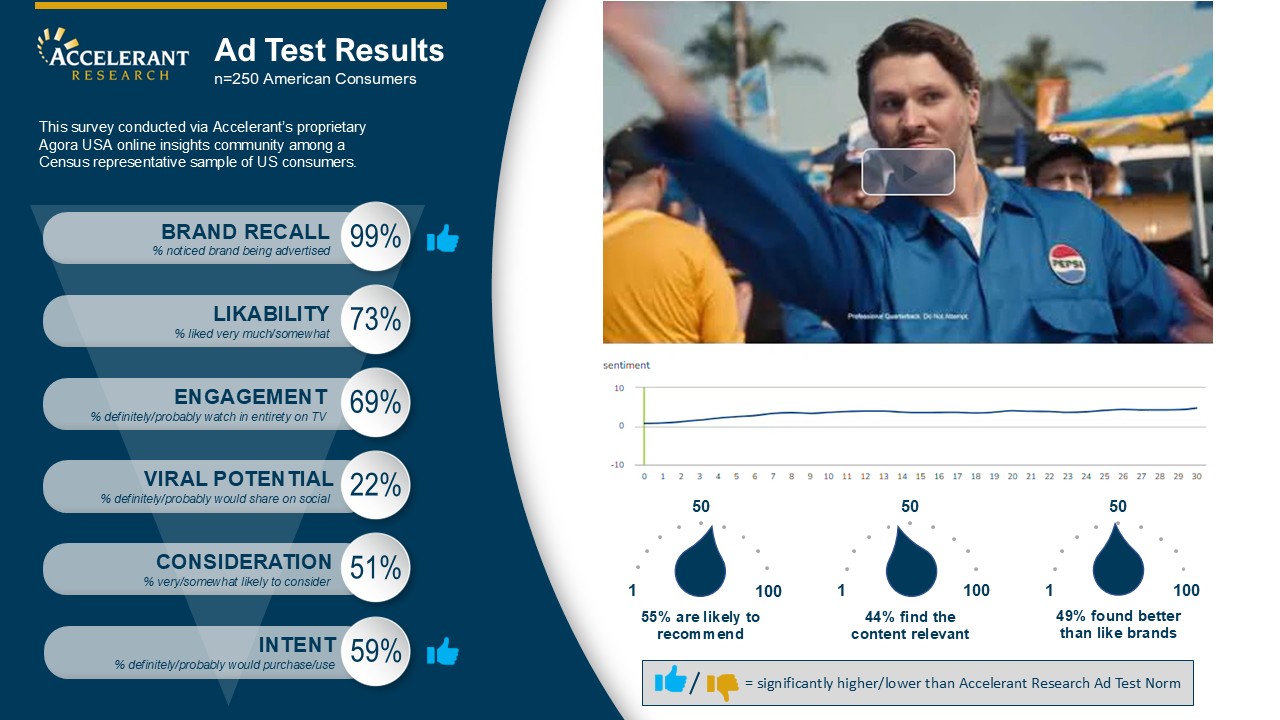Marketers and Market Research Agencies have a lingo all their own, but some terms that are intuitive to us leave consumers scratching their heads during discussions. Brand Personality can be one such phrase. Consumers sometimes view their relationships to brands in rational terms, and when asked to describe the personality or persona of a brand, initial responses may be heavy on product traits, experience, and price. While that information is valuable, it doesn’t illustrate the consumer’s emotional view of the brand landscape, and sometimes, that’s where the real insights gold is buried. Time to go prospecting.
Discussions of brand persona are a nice opportunity to dust off what may be the most classic of projective techniques in the marketing research arsenal: describing brands as people. Asking participants to imagine the brands they use as fictional characters, what they look like, how they dress, and what types of personalities they have, frames brand persona in terms consumers can understand without the need for a detailed explanation that bites into valuable discussion time. In addition to being both fun and insightful, it also naturally lends itself to a host of probes if descriptions for different brands seem highly similar, widely different, or you have the desire to dig a bit deeper into what certain characteristics mean to a consumer.
Since the exercise is so common, it’s sometimes tempting to cast around for a unique set up or one that fits neatly with the research topic at hand. There are dozens in use: brands as people in elevators, attending parties, dramatis personae of a play, or marooned on desert islands. Generally speaking, it is sometimes best to lean away from any setups that have any built-in cultural or demographic context. Though it seems counter-intuitive, a very generic set up can avoid inadvertently tapping into any preconceived notions your participants have about what type of people frequent certain environments. The goal of the projection is to offer a completely blank slate for participants to fill in as they will.
If you’re doing research, for example, with coffee, it might seem natural to ask your participants to imagine brands as folks in a coffee shop; but you run the risk of precluding unrestrained creative thinking if a given participant imagines coffee shop goers to be younger and tech-savvy as a rule. Framing the task as describing brands as supermarket shoppers seems like a good fit for the grocery category, but for some of your participants, glamorous jet setters might then be off the table even if that perfectly describes how they would think of a certain line of upscale crackers. Likewise, castaways on a desert island may have some respondents trying to shoehorn their brands into the closest equitable Gilligan’s Island character, and you lose quite a bit of nuanced imagery as participants try to force-fit roles artificially. A brand will end up as Gilligan, fit or no.
On the analysis end of the spectrum, the brand as person exercise provides rich descriptive imagery, both illuminating and worthy of summarizing. Here’s another place to use some caution though. Consumers are complicated and when interpreting their responses to the exercise, trained insights professionals and marketers know it’s best to avoid assigning personal judgments about whether certain persona characteristics are positive or negative. Take for example, a brand described as young. Is that a good thing or a bad thing? One consumer might tie youth to high energy, which they see as a positive; another may equate youth with inexperience, which they view as a negative. Any value judgments on dramatis personae should come from the consumer themselves in the way they frame and describe the context of their responses as they respond to follow-ups.
The brands as people projective exercise has long been a moderator staple for good reason. It’s well worth the relatively short time investment and moves discussion along to deeper emotional insights more quickly than direct questioning. And it’s hard to argue the outputs. There is strong value in understanding the below surface emotional and aspirational lenses through which consumers view the brands with which they’ve built relationships. Context of the projective exercise task and interpretation of the descriptive responses, however, can be critical to successful use.
If you’re looking for some skilled moderators for your next qualitative project, we invite you to give us a call (704-206-8500) or send us an email (info@accelerantresearch.com). With our support and guidance in participant recruiting, technology/logistics management, and moderating/full-service support, Accelerant Research can provide you with similarly successful and impactful insights.







.png)



